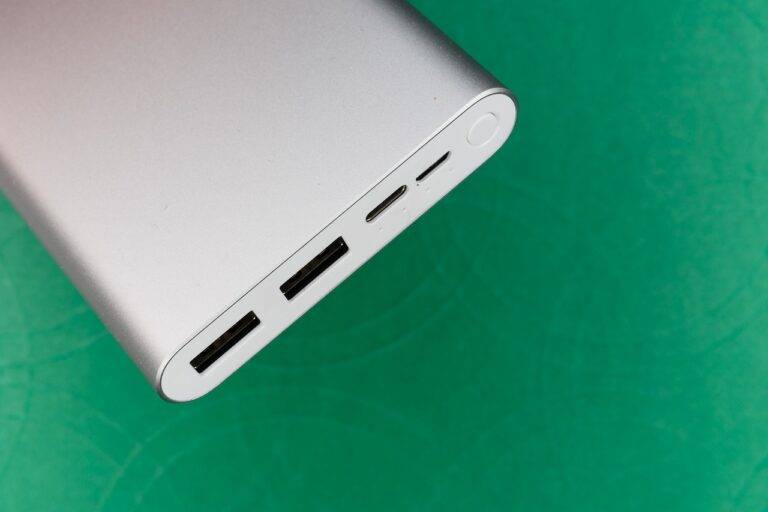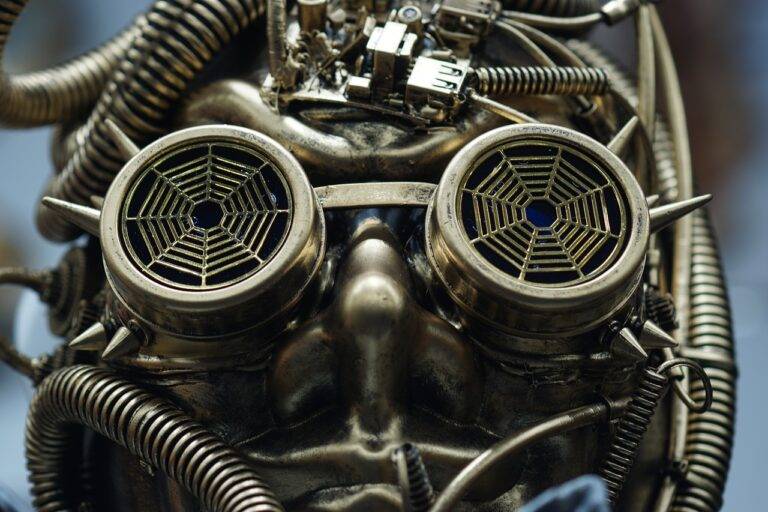The Emergence of Digital Twins: Virtual Models for Real-World Applications
In recent years, the concept of digital twins has gained significant traction across various industries. The idea of creating a virtual representation of a physical object or system has opened up new possibilities for simulation, analysis, and optimization. This technology, once confined to the realm of science fiction, is now becoming a reality with practical applications in real-world scenarios.
What are Digital Twins?
Digital twins are virtual models that replicate physical assets, processes, or systems. These virtual representations are created by gathering real-time data from sensors, devices, and other sources. By combining this data with advanced analytics and machine learning algorithms, digital twins can simulate and predict the behavior of their physical counterparts with a high degree of accuracy.
Real-World Applications
The potential applications of digital twins are vast and diverse. In the manufacturing industry, digital twins can be used to monitor equipment performance, predict maintenance needs, and optimize production processes. In healthcare, digital twins of patient organs can help doctors diagnose diseases, plan surgeries, and personalize treatment plans. In smart cities, digital twins can simulate traffic flow, energy consumption, and environmental impact to optimize urban planning.
Benefits of Digital Twins
One of the key advantages of digital twins is their ability to enable predictive maintenance. By continuously monitoring the performance of physical assets, digital twins can detect anomalies and predict potential failures before they occur. This proactive approach can significantly reduce downtime, maintenance costs, and overall operational risk.
Challenges and Opportunities
While the potential benefits of digital twins are clear, there are also challenges to overcome. Integrating data from multiple sources, ensuring data security and privacy, and managing the complexity of large-scale digital twin deployments are some of the key challenges facing organizations. However, with advances in technology and best practices emerging, these challenges present opportunities for innovation and growth.
Future Outlook
The future of digital twins looks promising, with continued advancements in IoT, AI, and data analytics driving their adoption across industries. As organizations seek to unlock new efficiencies, insights, and value from their assets and operations, digital twins will play a crucial role in shaping the next generation of smart, connected systems.
FAQs
What is the main concept behind digital twins?
The main concept behind digital twins is to create a virtual representation of a physical object or system by combining real-time data with advanced analytics.
What are some common applications of digital twins?
Common applications of digital twins include predictive maintenance, process optimization, healthcare simulations, and smart city planning.
What are some challenges associated with implementing digital twins?
Challenges associated with implementing digital twins include data integration, security concerns, and managing the complexity of large-scale deployments.





